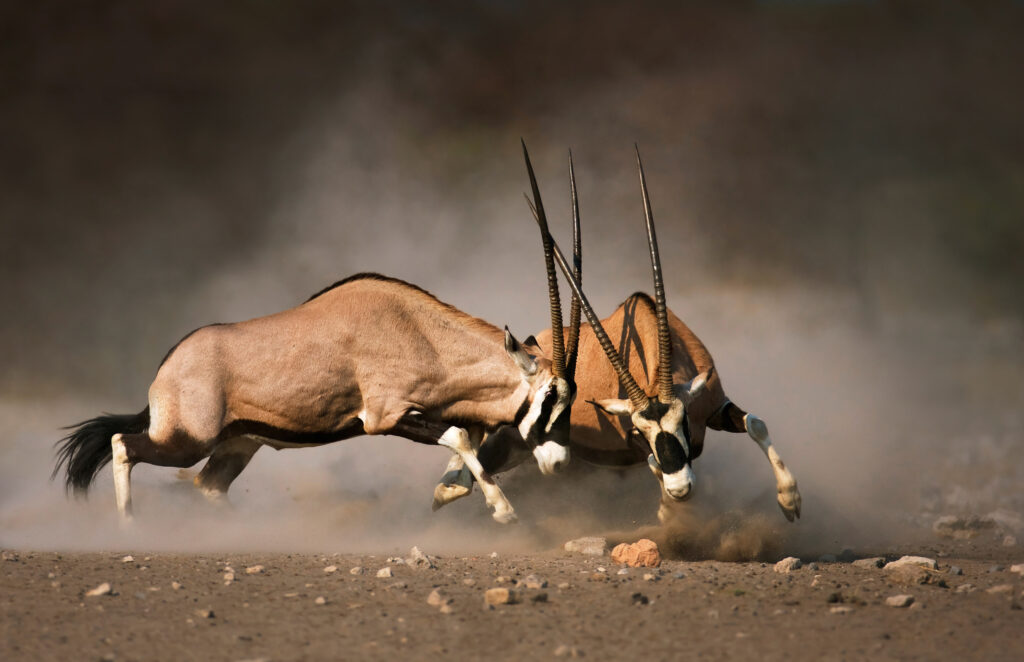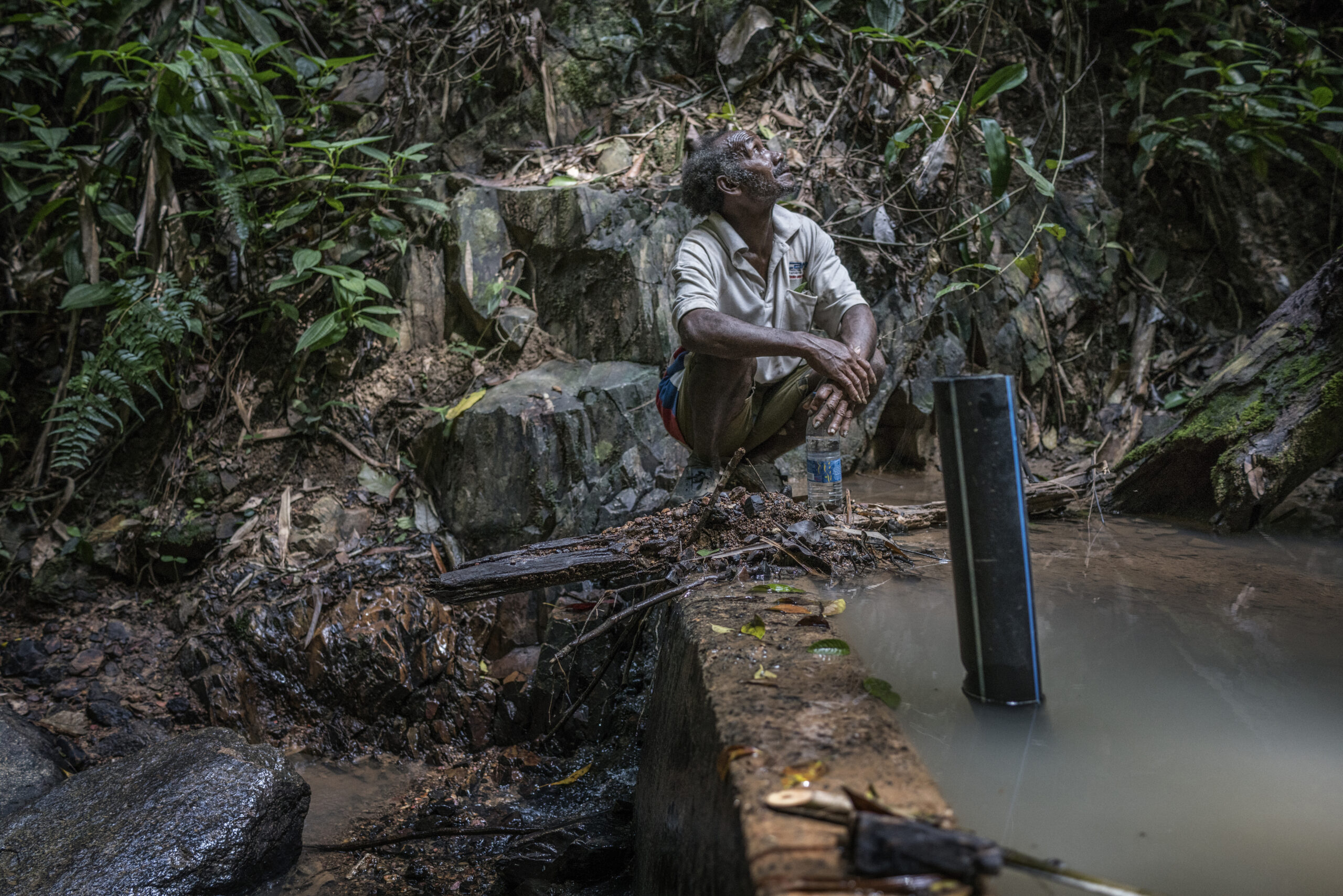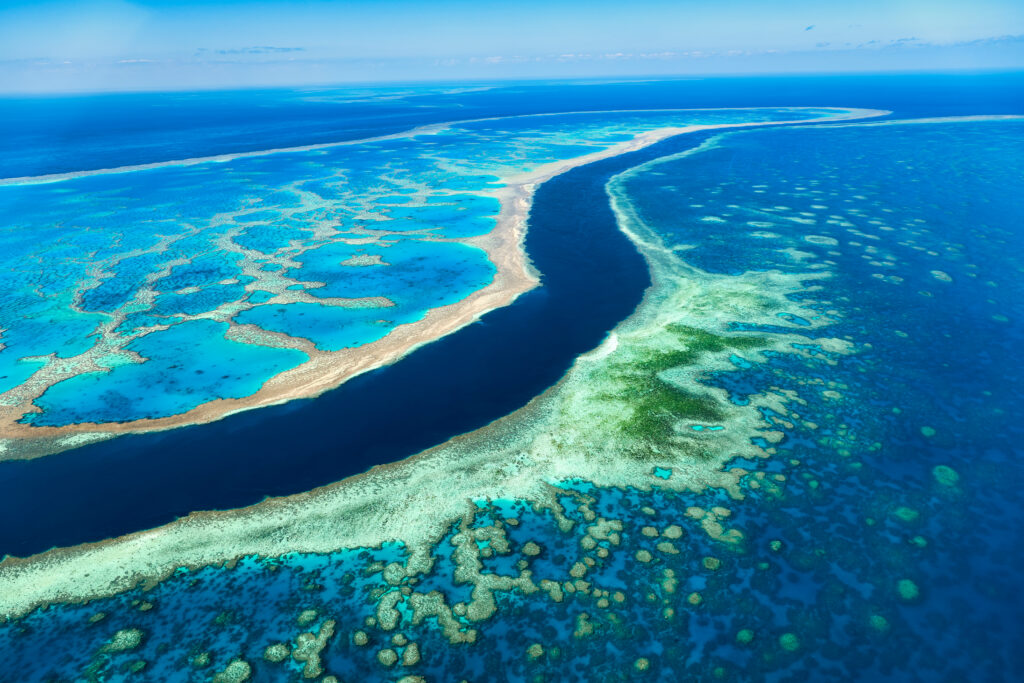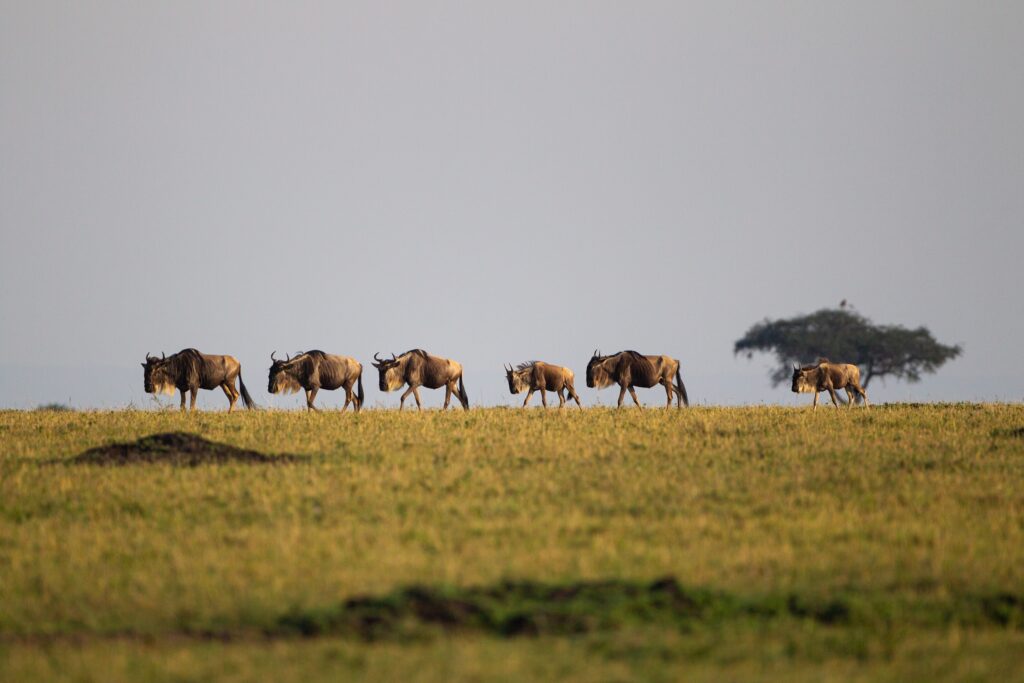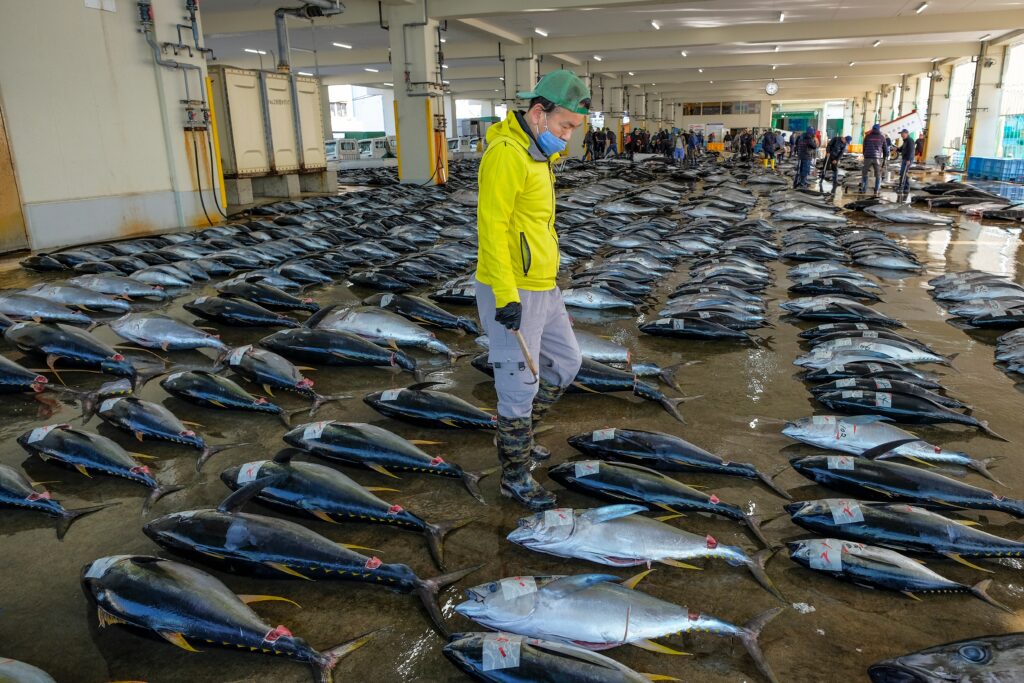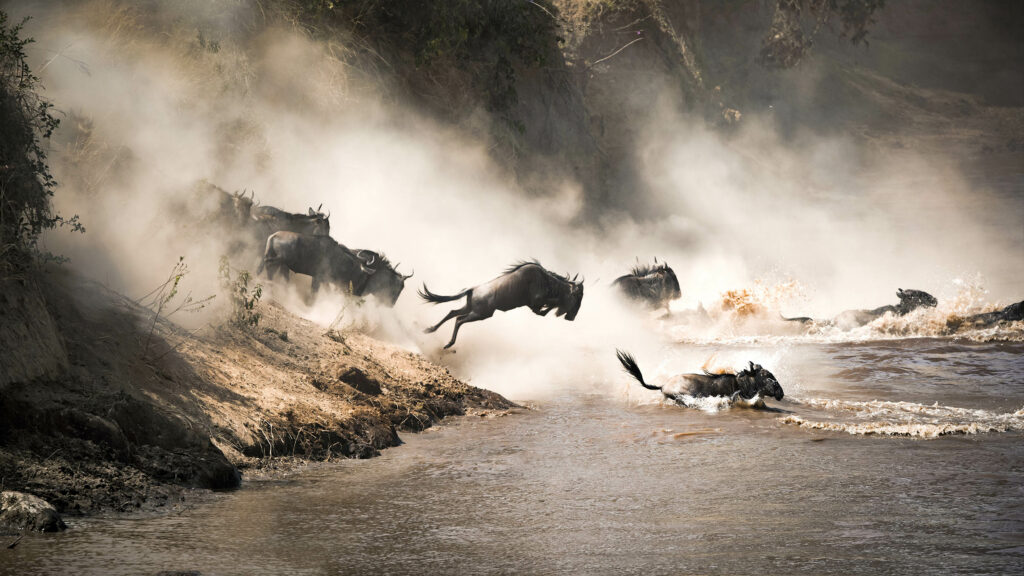“In my lifetime, I’ve witnessed a terrible decline. In yours, you could and should witness a wonderful recovery,“ said Sir David Attenborough from the stage of COP26 regarding the world’s efforts to slash carbon emissions in line with the Paris Agreement. “Nature is a key ally. Whenever we restore the wild, it will recapture carbon and help us bring back balance to our planet.”
Despite the record deployment of renewables, not much has changed in the four years since Sir David Attenborough’s call, with carbon emissions increasing more than ever in 2024, reaching record-high levels. As a result of the worsening climate crisis, nature and the communities relying on it are suffering from extreme weather disasters that far offset humanity’s restoration and adaptation efforts.
While Sir David Attenborough’s words weren’t enough to kick-start a much-needed change and accelerate efforts to preserve nature, the economic opportunities associated with it have the potential to. Research reveals that if countries, corporations and communities invest in nature and pursue the “wonderful recovery” he described more ambitiously, we can expect massive economic and financial gains.
Why Is Preserving and Restoring Nature Crucial for the Global Economy?
According to the Global Risks Report 2025 by the World Economic Forum, the top three most severe risks facing the world over the next 10 years include extreme weather events, biodiversity loss and ecosystem collapse and critical changes to the Earth’s systems. Aside from the ecological and social importance, addressing these risks is also crucial from an economic perspective.
Nature’s contribution to the global economy is USD 125 trillion annually. This is more than the entire global GDP and equal to global assets under management. Furthermore, S&P Global estimates that 85% of the biggest companies in the world are highly dependent on nature for their operations. As per the World Economic Forum, preserving nature and biodiversity could generate business opportunities worth USD 10 trillion annually and create nearly 400 million new jobs by 2030.
According to a detailed study by scientists from the US and Canada and experts from the World Bank, the degradation of nature causes significant economic losses, hurting low-income countries the most. The researchers also find that investing in nature can improve equity and financial returns.
During COP28, parties committed almost USD 2 billion to forest, ocean and coastal ecosystem projects. Not only are those investments insufficient, but according to estimates, at least USD 5 trillion of private finance went to activities with negative impacts on nature in 2022. This is around 140 times greater than the current amounts going to nature-based solutions. Degradation of the ocean and marine ecosystems alone, for example, risks costing the global economy over USD 8 trillion over the next 15 years.
However, estimates reveal that governments and companies investing in nature restoration can enjoy benefits around 10 times higher than the costs.
Nature-based solutions such as mangroves, sea grasses and corals, for example, are among the most effective tools to help vulnerable communities and wildlife adapt to climate change. Investments in such can supply around one-third of climate change mitigation needs and could save USD 104 billion in adaptation costs by 2030.
Furthermore, scientists estimate that preserving at least 30% of the planet’s land and oceans would help avoid this mass extinction and restore important habitats while also bringing in huge additional benefits across multiple sectors, including agriculture, fisheries, forestry and nature conservation. The investments needed to achieve this equal around USD 140 billion per year up to 2030, with the expected economic and non-monetary benefits to outweigh the costs 5:1.
At the same time, succeeding would result in an average increase of USD 250 billion in economic output and USD 350 billion in improved ecosystem services annually compared to the status quo. According to the scientists, additional expected benefits include positive impacts on mental and physical health.
The World Is Failing To Protect Nature
In 2009, scientists from the Stockholm Resilience Center outlined nine planetary boundaries, critical components of the global environment that regulate the stability and livability of the planet for people. Six of those boundaries have been breached as of September 2023, raising the risk of irreversible ecosystem changes and threatening people, economies and natural systems. The scientists warn that to avoid changes threatening to decrease the Earth’s ability to support modern civilizations, it is crucial to maintain the Earth’s system in a state similar to the one that has controlled its conditions over the past 12,000 years.
According to the UNDP, not only has the world been underinvesting in protecting biodiversity for too long, but many economic activities are also actively damaging it. Researchers warn that humanity’s demands on nature now exceed its capacity to meet them, putting biodiversity under huge pressure and future generations under extreme risk.
The WWF says we are losing nature at an unprecedented rate. Globally, 1 million species are threatened with extinction. According to the organisation’s Living Planet 2024 report, the average size of wildlife populations has fallen by a staggering 73% between 1970 and 2020. The WWF’s report notes that reversing the loss requires transforming food and energy systems, scaling up investments in nature-based solutions, as well as land and sea area protection, and safeguarding Indigenous lands.
Currently, only about 15% of the world’s land and 7% of the ocean have some level of protection. However, global momentum to make “ecocide,” or the destruction of nature on a long-term, widespread scale, an international crime is now accelerating, with the EU the biggest jurisdiction to criminalise severe environmental harms.
Asia’s Nature Preservation and Restoration Efforts Are Lagging, But Opportunities Await
Southeast Asia is among the most biodiverse regions, home to the most extensive and diverse coral reefs and mangrove areas on the planet. Yet, the region has lost over half of its original forest cover, causing what some experts argue to be one of the most severe biodiversity loss crises. According to estimates, up to 42% of all species could be lost by the end of this century under a business-as-usual scenario. There are various reasons for the worrying trend, from climate change and its impact on sea and air temperatures to deforestation and project development in rich biodiversity hotspots.
The Asia-Pacific region is full of unique ecosystems and extraordinary biodiversity. However, it has already seen its Living Planet Index, a measure of the state of biological diversity, fall by 60% between 1970 and 2020.
According to research by the Academy of Sciences Malaysia, investing in protecting nature in Southeast Asia could create jobs and generate wealth, yielding economic and environmental returns of up to USD 2.19 trillion annually. The cost to unlock those gains is estimated at USD 10 billion today, rising to USD 46 billion by 2030.
On the other hand, failure to address the problem bears massive economic, ecological and social consequences.
In joint research, the Asia Investor Group on Climate Change and PwC have found that the Asia-Pacific’s economies are particularly vulnerable to nature-related risks, including biodiversity loss, pollution and freshwater availability. In numerical terms, 53%, or USD 18 trillion, of the region’s gross value add comes from economic sectors that are moderately or highly directly dependent on nature. Around 20% is in industries with higher direct exposure, including agriculture, construction, fishery and aquaculture, food systems and forestry – significantly higher than the global average of 16%. Other estimates are even higher, indicating that 63% of the Asia-Pacific’s GDP is at risk from nature loss. Conversely, nature-positive business opportunities could add 232 million jobs and generate USD 4.3 trillion across the region by 2030.
Running Late To Tackle the Problem, But Change Is Still Possible
According to KPMG, today’s business practices, including unsustainable production and consumption patterns, along with widespread overexploitation, are the leading reasons for the rapid deterioration of global biodiversity.
The scale of the problem is so massive and widespread that every decision, regardless of how small or trivial it is, can have a positive impact. Governments can assist by introducing restrictive measures and policies such as taxes, polluter-pays levies and financial incentives to address major issues such as fossil fuel power generation, deforestation and the overexploitation of natural resources. Companies can contribute by transitioning to more sustainable operational models and scaling up nature-preservation investments. And individuals’ daily choices, including reducing plastic use or choosing to walk or bike for their daily commutes, can make a difference. The solution calls for an urgent and joint effort from all stakeholders.
However, considering the urgency of the challenge, nature preservation efforts require a top-to-bottom approach where areas with the most significant impact would be prioritised first. As a result, governments and corporations should take the lead since problems like the overexploitation of natural resources and the associated biodiversity loss, deforestation and air and plastic pollution are mostly of their making, while nature-dependent communities and underrepresented groups are suffering the consequences.
The 15th meeting of the Conference of the Parties to the United Nations Convention on Biological Diversity (CBD COP15) saw 196 parties unite behind the Kunming-Montreal Global Biodiversity Framework – a measure referred to as a “Paris Agreement for Nature”. The framework aims to reduce biodiversity loss and protect 30% of land and oceans by 2030, with the private sector expected to play a pivotal role. At the CBD COP16, 119 countries (61% of all parties) built on their pledges by submitting national biodiversity targets. During COP28, parties pledged a unanimous agreement to halt and reverse deforestation and forest degradation by 2030. Over 150 financial institutions and businesses also promised to incorporate nature into climate transition plans, adopt science-based targets for nature and climate and commit to nature-related disclosures through the Taskforce on Nature-related Financial Disclosures.
However, as the Paris Agreement accord has shown, pledges are just one thing, but following up on them is more important.
Viktor Tachev
Writer, Bulgaria
Viktor is a writer that specialises in green finance and ESG investment practices. He holds a Master's degree in financial markets and has over a decade of experience working with companies in the finance industry, along with international organisations and NGOs. Viktor is a regular contributor to several publications and comments on the likes of sustainability and renewable energy.
Viktor is a writer that specialises in green finance and ESG investment practices. He holds a Master's degree in financial markets and has over a decade of experience working with companies in the finance industry, along with international organisations and NGOs. Viktor is a regular contributor to several publications and comments on the likes of sustainability and renewable energy.

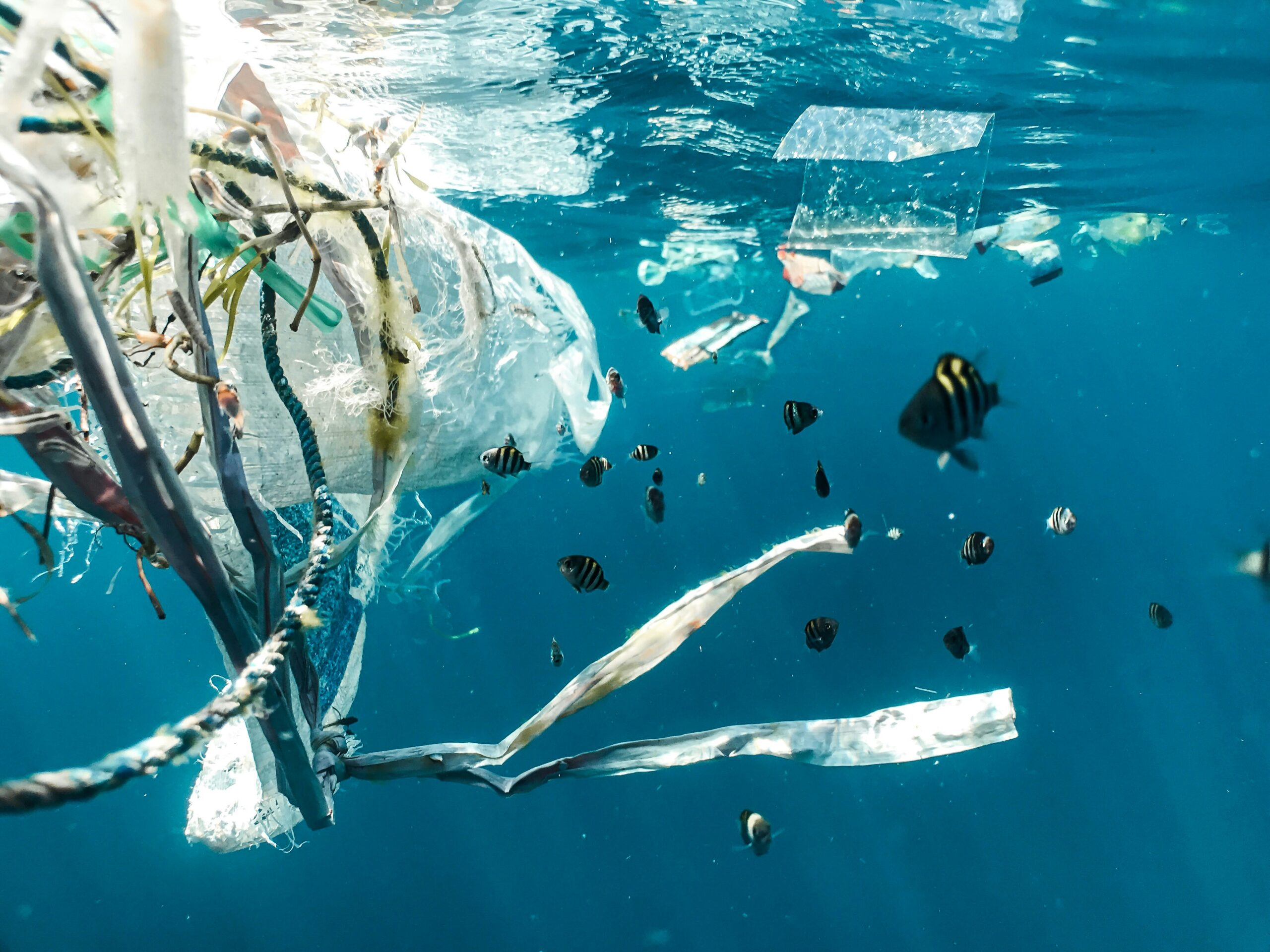
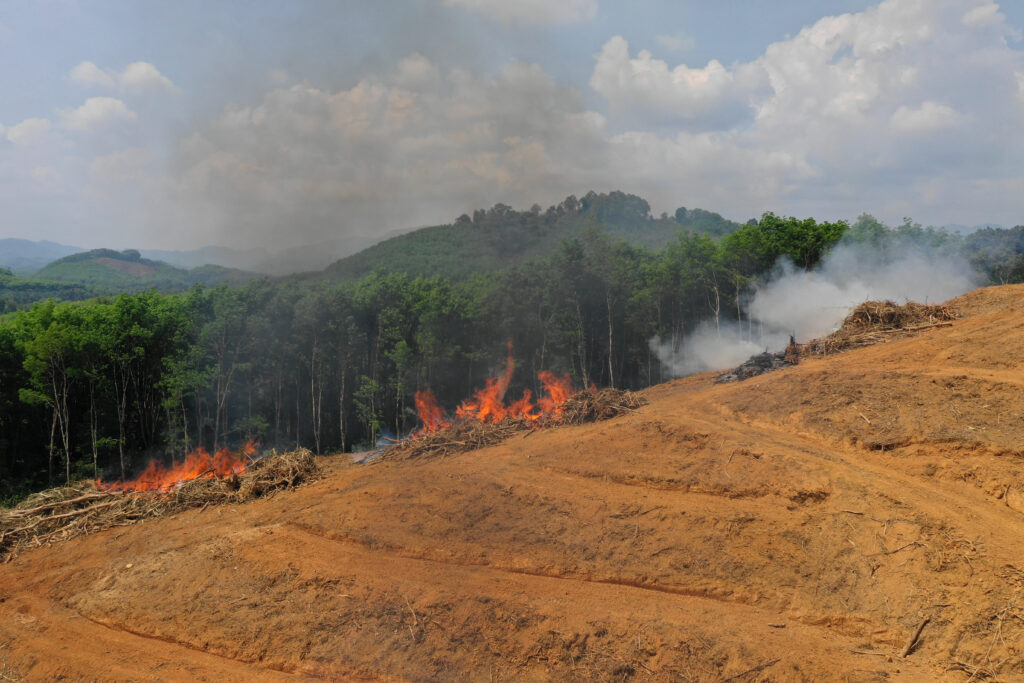
![Central Asia’s Vanishing Snowpack: A Real-Time Crisis Unfolding in 2025 [Op-Ed]](https://www.climateimpactstracker.com/wp-content/uploads/2025/10/shutterstock_2680425247-1024x576.jpg)
